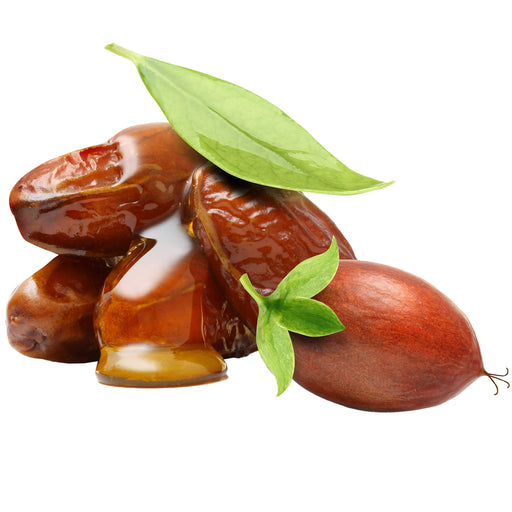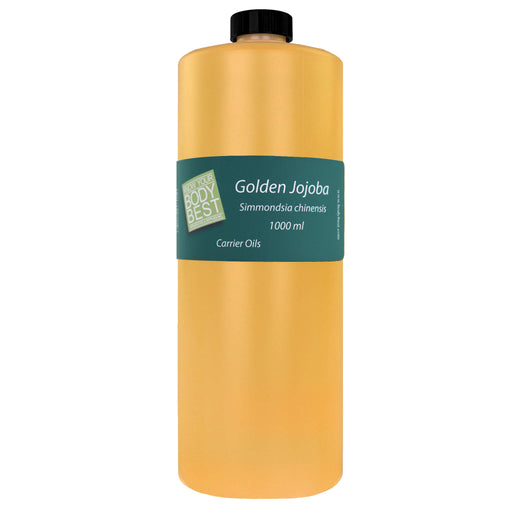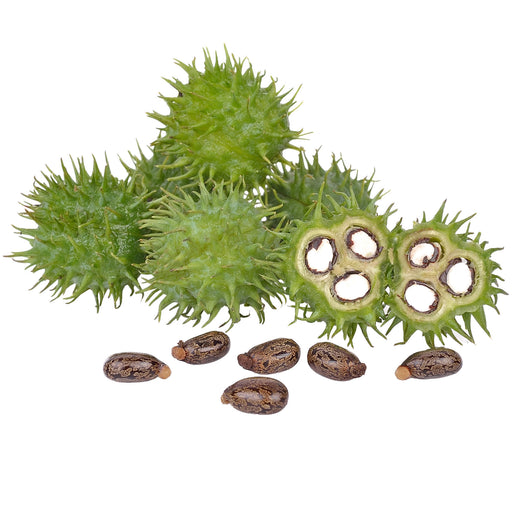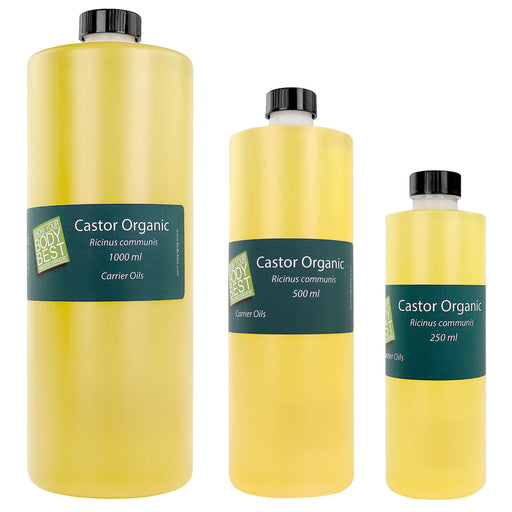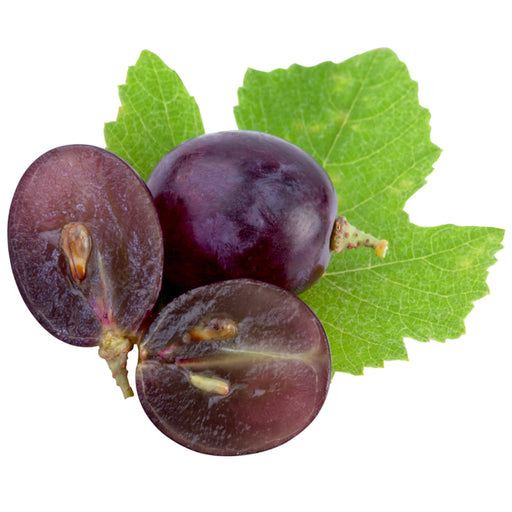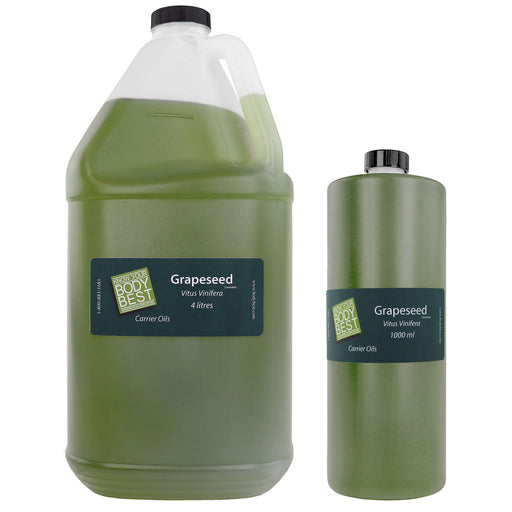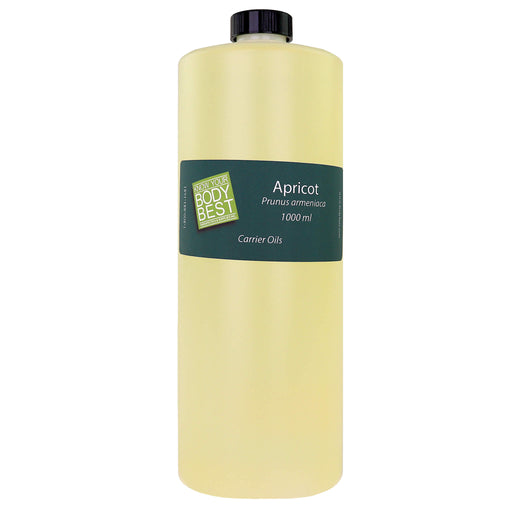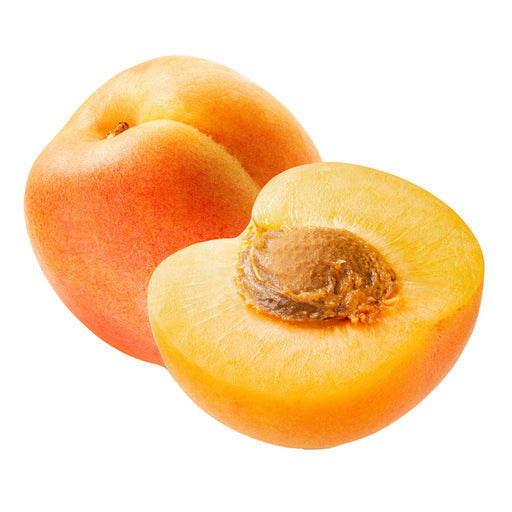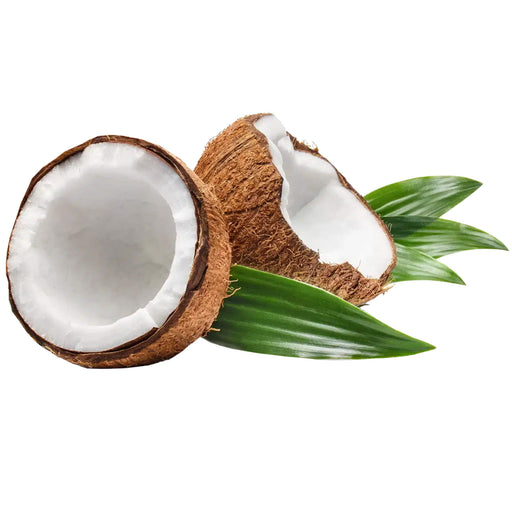over $250.00

Heat Therapy: The What, When, and How
What is Heat Therapy?
Heat therapy – which goes by the modality name ‘Thermotherapy’ – works to increase the elasticity and core temperature of soft tissue. Applying heat to a particular area stimulates circulation and blood flow, thereby loosening joints, easing pain, and healing damaged tissue. Heat therapy is typically used for stiffness and muscle pain. While cold therapy – which goes by the technical name ‘Cryotherapy’ – is best used for inflammation and fresh injuries.
When to Use Heat Therapy
Heat therapy is often used to treat chronic injuries and is great for stiff or sore joints and muscles. Those with tight muscles, and muscle spasms or cramping, can find relief through the application of heat. Thermotherapy is especially effective in healing old injuries, breaking up scar tissue, and regaining range of motion. Blood is rich in oxygen and heat increases circulation and blood flow, together they work in perfect harmony to help promote healing.
It is important to note that heat therapy must only be used on injuries that have no inflammation, swelling, or open wounds. Additionally, the ideal temperature for heat therapy should always be warm, rather than hot in order to avoid burning or discomfort.
When Not to Use Heat Therapy
There are many cases where heat therapy should not be used. Heat increases circulation and raises skin temperature, making it unsuitable for acute injuries or areas of inflammation. For instance, cold therapy is best used during an arthritis flare-up or after an injury when the skin is still inflamed. This is because the cold constricts blood vessels and numbs nerve endings, reducing inflammation and relieving pain. Cryotherapy has become a trend in recent years as a post-workout treatment, or for treating aggravated chronic injuries.
When deciding whether thermotherapy or cryotherapy is right for your needs, simply ask yourself whether the area needs increased blood flow (heat) or decreased blood flow (cold).
Different Types of Heat Therapy
There are many different forms of application through which heat therapy can be applied to the body. Heating pads, hot packs, heat wraps, saunas, hot baths, or topical lotions, just to name a few!
Heating Pads and Hot Gel Packs
can help immensely in easing joint and muscle pain. The line of Battle Creek’s Thermophore heating pads are professional quality and allows you to apply moist heat without adding water. A heating pad can be applied to an injury for 15 to 20 minutes at a time. Ensure you use enough layers between your skin and the heating source to prevent burns.
Hydrocolators
Topical Warming Lotions
Topical warming lotions are another effective heat therapy option that can be used instead of, or in conjunction with, heating pads. Cryoderm Heat is a heat therapy cream that targets muscle and joint pain. It can be used in place of massage creams during massage therapy treatments or after other heat therapy or cold therapy treatments. Cryoderm Heat’s unique combination of natural ingredients provides fast-acting, deep penetrating warmth that eases all joint and muscle pains, from sports injuries to arthritis.
Featured collection
-
$0.00 - $0.00$0.00
Lowest Price per ml: $0.06
$14.99 - $59.99$14.99 - $59.99Current priceCurrent Price: $59.99
Price Per ml: $0.05
$14.99Golden Jojoba Oil
BodyBestIn stockUses and Benefits of Golden Jojoba Oil Golden Jojoba Oil is one of the best massage oils as it can be used for both scalp and body. It is deeply mo...
View full details$0.00 - $0.00$0.00Lowest Price per ml: $0.06
$14.99 - $59.99$14.99 - $59.99Current priceCurrent Price: $59.99
Price Per ml: $0.05
$14.99 -
$0.00 - $0.00$0.00
Lowest Price per ml: $0.03
$11.99 - $29.99$11.99 - $29.99Current priceCurrent Price: $11.99
Price Per ml: $0.04
$11.99Castor Oil
BodyBestIn stockUses and Benefits of Castor Oil Castor oil is a healing oil that helps soothe muscle aches. Rich in antioxidants, the oil prevents wrinkles, reliev...
View full details$0.00 - $0.00$0.00Lowest Price per ml: $0.03
$11.99 - $29.99$11.99 - $29.99Current priceCurrent Price: $11.99
Price Per ml: $0.04
$11.99 -
$0.00 - $0.00$0.00
Lowest Price per ml: $0.02
$29.99 - $99.99$29.99 - $99.99Current priceCurrent Price: $29.99
Price Per ml: $0.02
$29.99Grapeseed Oil
BodyBestOut of stockUses and Benefits of Grape seed Oil Grape seed oil has anti-inflammatory and antimicrobial properties. In addition, the oil is rich in omega chain ...
View full details$0.00 - $0.00$0.00Lowest Price per ml: $0.02
$29.99 - $99.99$29.99 - $99.99Current priceCurrent Price: $29.99
Price Per ml: $0.02
$29.99Sold out -
$0.00 - $0.00$0.00$29.99$29.99 - $29.99Current price$29.99
Apricot Oil Cold Pressed 1L
BodyBestOut of stockUltrasonic Aromatherapy Diffuser – Modern, Quiet, and Effective Enhance your space with the soothing benefits of aromatherapy using our Ultrasonic...
View full details$0.00 - $0.00$0.00$29.99$29.99 - $29.99Current price$29.99Sold out -
$0.00 - $0.00$0.00
Lowest Price per ml: $22.00
$24.99 - $109.99$24.99 - $109.99Current priceCurrent Price: $24.99
Price Per ml: $24.99
$24.99Coconut Oil Cold Pressed Unfractionated
BodyBestLow stockBenefits of Body Best Cold Pressed Unfractionated Coconut Oil Body Best Cold Pressed Virgin Coconut Oil has wonderful healing properties for your...
View full details$0.00 - $0.00$0.00Lowest Price per ml: $22.00
$24.99 - $109.99$24.99 - $109.99Current priceCurrent Price: $24.99
Price Per ml: $24.99
$24.99
